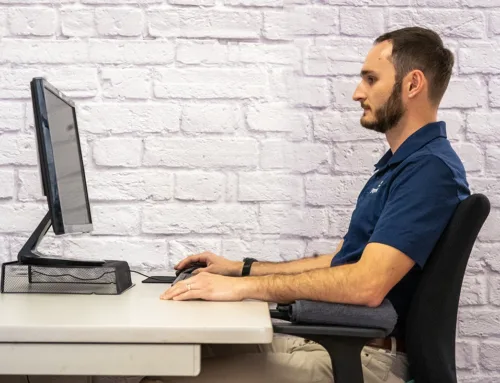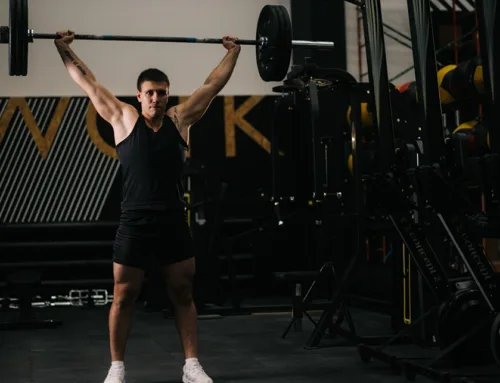Fire and rescue personnel, the military, law enforcement, and other first responders face many physical and mental demands. Also referred to as ” tactical athletes,” these individuals routinely perform challenging feats of athleticism to serve, protect, and save people’s lives.
Firefighters must climb ladders and break through roofs and doors. EMTs are called on to extract passengers and respond to life-and-death situations. Police officers have to be ready to suddenly chase after a suspect. Military personnel are trained to be able to immediately react to any scenario. Additionally, these jobs often require weighty protective clothing and awkward, heavy equipment.
These athletes are typically under intense mental and physical stress, often at the same time. This can lead to poor mechanics and overuse injuries, especially if movements are repeated often. Another aspect that has to be considered is the fact that these athletes can experience hours of sedentary downtime, followed by extreme activity.
EMBRACING THE ATHLETE ROLE
In sports, top-level athletes are given extensive resources in an effort to optimize their health and get the most out of their in-game performance. Unfortunately, society does not always treat our tactical professionals as the athletes they are.
Just like a football, basketball, soccer, or volleyball player, these athletes need to be rehabilitated and trained in specific ways that are going to prepare their body for the extreme demand of their on-the-job activities.
Similar to elite-level athletes, first responders require specific and unique rehabilitation interventions to fully optimize on-the-job performance and reduce the risk of injury.
REHABILITATION AND TRAINING DESIGNED FOR TACTICAL ATHLETES
In order to get the most out of rehabilitation and training, exercises and treatment need to be tailored to specific needs and demands that will carry over into real-world performance. Here are 3 job-specific activities and movements to incorporate into tactical athletes’ plan of care:
- Exercising with a Weighted Vest: With firefighters and police officers, who wear a lot of equipment on their back and around their waist, so wearing a weighted vest throughout most dynamic exercises and movements can help prepare their bodies for their job.
- Unilateral Kettlebell Holds: For firefighters who need to carry hoses and other heavy equipment in one arm, utilizing unilateral kettlebell holds throughout exercises helps replicate the awkward, asymmetrical nature of performing their job.
- Sled Pushing/ Pulling: Sled pushing and pulling are great for those individuals who need to drag and/or carry people who have been wounded.
These athletes to have the capacity to withstand loads required by equipment and job tasks. Most tactical athletes will have overuse injuries and some aspect of low back pain. Training postural endurance as well as strategizing ways to distribute the weight of their vests across their entire body, instead of just relying on core and lumbar musculature for stability, is key. Their jobs are so unpredictable. Training them in every plane of movement is a requirement so when they do need to react to a situation, they have the foundation of movement to run, jump, tackle, lunge, roll in any direction/way needed without additional stress to their bodies.
The Solveglobal team works to conduct comprehensive musculoskeletal (MSK) evaluations to determine the tactical athlete’s limitations and/or imbalances while factoring in the unique demands of the job. Our MSK experts not only works to resolve any pain, discomfort, or limitations that are affecting the tactical athlete, but we actively work to prevent any musculoskeletal disorder from occurring.
See how Solveglobal can help the tactical athlete at Solveglobal.com.






Leave A Comment